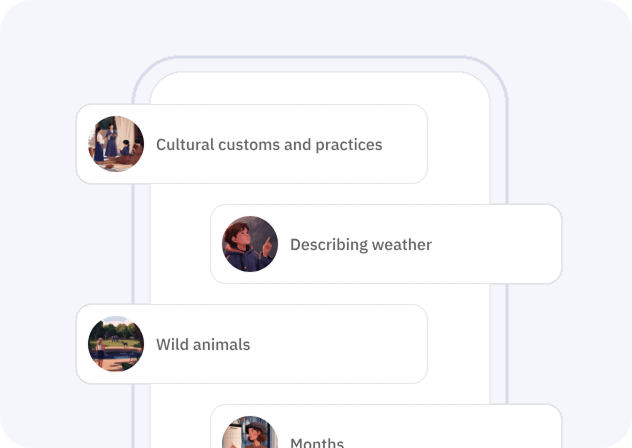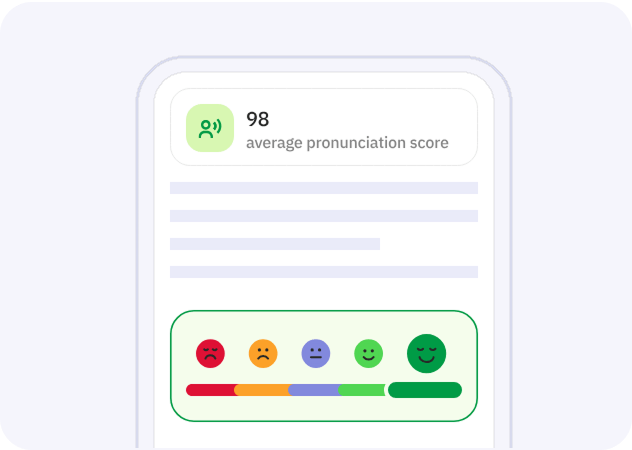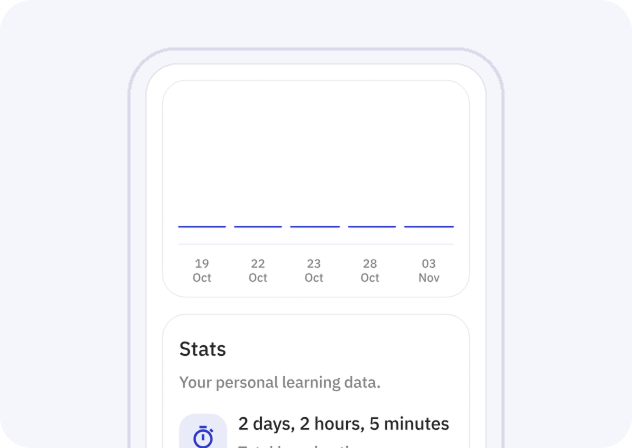Le verbe anglais "to contrast" est un terme largement utilisé dans la langue anglaise, et il est essentiel de bien comprendre son sens pour pouvoir l'utiliser correctement. Le verbe "contrast" signifie essentiellement "mettre en contraste" ou "comparer afin de faire ressortir les différences". Il est utilisé pour souligner les distinctions entre deux ou plusieurs éléments, en opposant leurs caractéristiques pour montrer comment ils diffèrent les uns des autres. Ce verbe est souvent employé dans divers contextes, allant de l'analyse littéraire à la critique d'art, en passant par les discussions scientifiques et les débats quotidiens. Comprendre le verbe "to contrast" permet de mieux exprimer les nuances et les différences importantes entre des idées, des objets ou des situations.
The bright colors of the painting contrast sharply with the dark frame.
In her essay, she contrasted the two political systems effectively.
The teacher contrasts modern literature with classical works to highlight their differences.
The company's sales figures contrasted significantly with last year's performance.
Her cheerful personality contrasts with his more reserved demeanor.
We need to contrast the advantages and disadvantages of the new policy.
The new building contrasts beautifully with the surrounding historic architecture.
The artist contrasted light and shadow to create a dramatic effect.
The flavors in this dish contrast nicely, creating a balanced taste.
The documentary contrasts the lives of people in urban and rural areas.
I contrast the colors.
You contrast the patterns.
He contrasts the ideas.
She contrasts the designs.
It contrasts well with the background.
We contrast the features.
They contrast the options.
I am contrasting the colors.
You are contrasting the patterns.
He is contrasting the ideas.
She is contrasting the designs.
It is contrasting well with the background.
We are contrasting the features.
They are contrasting the options.
I contrasted the colors.
You contrasted the patterns.
He contrasted the ideas.
She contrasted the designs.
It contrasted well with the background.
We contrasted the features.
They contrasted the options.
I was contrasting the colors.
You were contrasting the patterns.
He was contrasting the ideas.
She was contrasting the designs.
It was contrasting well with the background.
We were contrasting the features.
They were contrasting the options.
I will contrast the colors.
You will contrast the patterns.
He will contrast the ideas.
She will contrast the designs.
It will contrast well with the background.
We will contrast the features.
They will contrast the options.
I will be contrasting the colors.
You will be contrasting the patterns.
He will be contrasting the ideas.
She will be contrasting the designs.
It will be contrasting well with the background.
We will be contrasting the features.
They will be contrasting the options.
I have contrasted the colors.
You have contrasted the patterns.
He has contrasted the ideas.
She has contrasted the designs.
It has contrasted well with the background.
We have contrasted the features.
They have contrasted the options.
I had contrasted the colors.
You had contrasted the patterns.
He had contrasted the ideas.
She had contrasted the designs.
It had contrasted well with the background.
We had contrasted the features.
They had contrasted the options.
I will have contrasted the colors.
You will have contrasted the patterns.
He will have contrasted the ideas.
She will have contrasted the designs.
It will have contrasted well with the background.
We will have contrasted the features.
They will have contrasted the options.
I would contrast the colors.
You would contrast the patterns.
He would contrast the ideas.
She would contrast the designs.
It would contrast well with the background.
We would contrast the features.
They would contrast the options.
I would have contrasted the colors.
You would have contrasted the patterns.
He would have contrasted the ideas.
She would have contrasted the designs.
It would have contrasted well with the background.
We would have contrasted the features.
They would have contrasted the options.
The most efficient way to learn a language
Try Talkpal for free
Each individual learns in a unique way. With Talkpal technology, we have the ability to examine how millions of people learn simultaneously and design the most efficient educational platforms, which can be customized for each student.

Receive immediate, personalized feedback and suggestions to accelerate your language mastery.

Learn via methods tailored to your unique style and pace, ensuring a personalized and effective journey to fluency.
Talkpal is an AI-powered language tutor. It’s the most efficient way to learn a language. Chat about an unlimited amount of interesting topics either by writing or speaking while receiving messages with realistic voice.


Talkpal, Inc., 2810 N Church St, Wilmington, Delaware 19802, US
© 2025 All Rights Reserved.